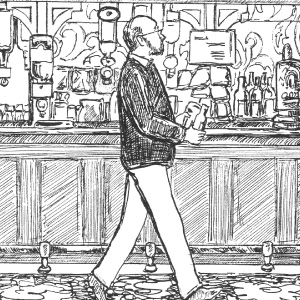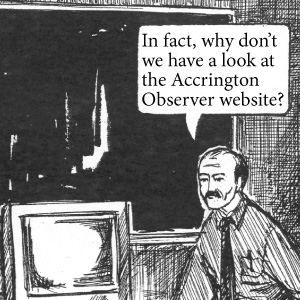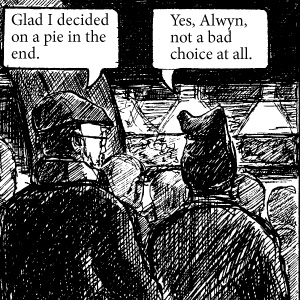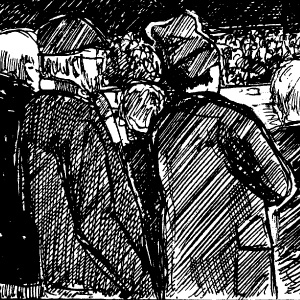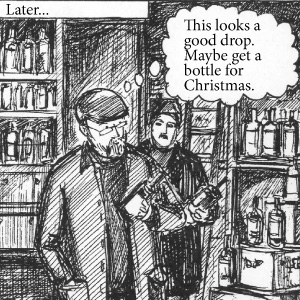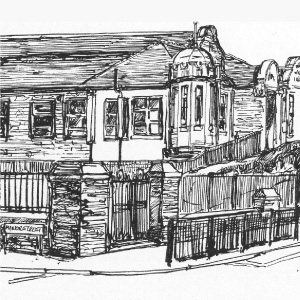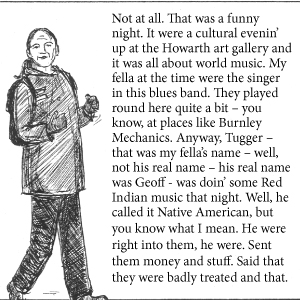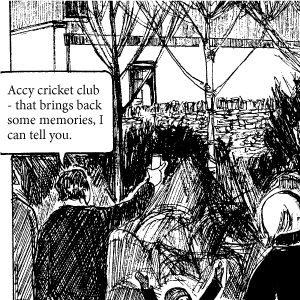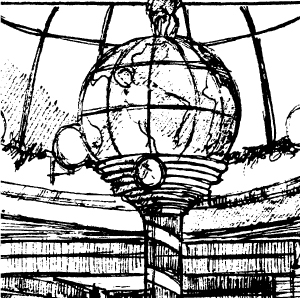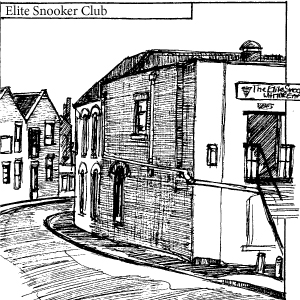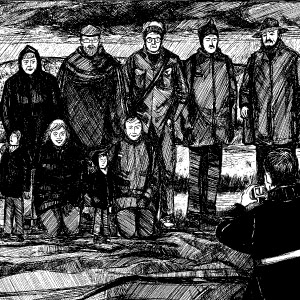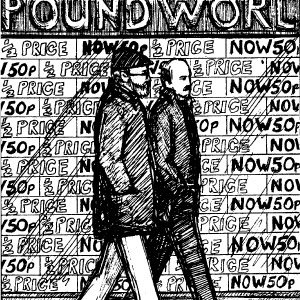About Accrington
Accrington, so the story goes, took its name from a ring of oak trees. During the industrial revolution canals and railways ringed it. By the time the Accrington Pals fell in World War One the industrial age was already in a terminal decline. By the time Accrington Stanley were kicked out of the football league the first motorways were being built. Now Accrington is ringed by motorways. They don't transport raw materials and manufactured goods like the railways used to - they speed up journeys for wagons replenishing supermarkets and for anonymous salesmen in anonymous cars.
Motorways might have heralded a bright new age for the country but by the time they arrived the country had no need for towns like Accrington. In this respect, whilst Accrington is unique, it is also not unusual. All across the country there are towns where the purpose that transformed them has since died. But the character of the towns live on. The character is harder to erode, even if their population slowly trickles away. Accrington has been absorbing the character of the people for hundreds of years, just as Accringtonians have been inheriting the character of their town.
But what is that character? Well, to us at any rate, Accrington has always been a strange, wild place, seemingly ever-ready to rise up in revolt at the ennui and inertia that has enveloped the place over the last 30 years. Maybe it’s an unspoken desire for a scrap of any kind making itself psychologically manifest. Who knows, and who cares? But then it, along with a lot of industrial towns, has witnessed very strange times recently, and the post-industrial landscape in Accrington is a typically confused one which no amount of sandblasting or bypasses will solve. Great swathes of a town built by its Victorian mentors specifically to work hard, to pray and to participate in constructive leisure activities have been flattened.
The town may feel fractionalised and without a confident focus, but to be fair, no concerted incentive has really come along to galvanise it from above. Which may, perversely, be a good thing in the long run. You never know. At least the place is real and retains its practical, sometimes giddy soul and a sense of its identity and determination, however hackneyed or wearied.
This no-nonsense truculence has prevented any of the Victorian edifices suffering the ultimate 21st century fate: instead of being turned into mincing heritage/craft/regeneration centres selling strong drink like herbal teas if they were in Hebden Bridge the old works buildings are still used in some manufacturing capacity (MOT garages for the main part), or are being redesigned as flats and offices.
Some old edifices still stand out like forbidding mementoes from a darker, brutish but more determined time. If you are in the mood for reinforcing stereotypes, Accrington’s (unwittingly grim) waterside developments ‘walk’ (between the old Platts factory and Victoria Street) is a good place to take impressionable newcomers. Classically faceless, functional “new urban” apartments - brashly confident in their coats of steel, glass and new brick - vaingloriously try to out-stare the soot-encrusted factory developments on the other side of the water. The bulrushes - planted doubtless to give a marshland, ‘urban parkland’ feel - only add to the forbidding stand-off, in which there can be only one winner. You wonder, peering through the rushes, if you are about to get mugged.
Yet, in retrospect it is precisely this feeling of unease that cheers me. You can’t reinvent the obvious. It’s a question of character. And character, as we've said, is harder to erode.
We don't sugar coat the reality of life in Accrington - we're not interested in one of those dreadful feel-good, "no-nonsense decent Northern folks" things. At least we hope not. Instead we hope to have shown our ambivalent attitude to our home town. And it would be hypocritical not to do so - we've both left our home town after all. Included in the book are aspects of Accrington life that we love and that are still part of our lives.
Click on the images below to learn more about aspects of Accrington life.

